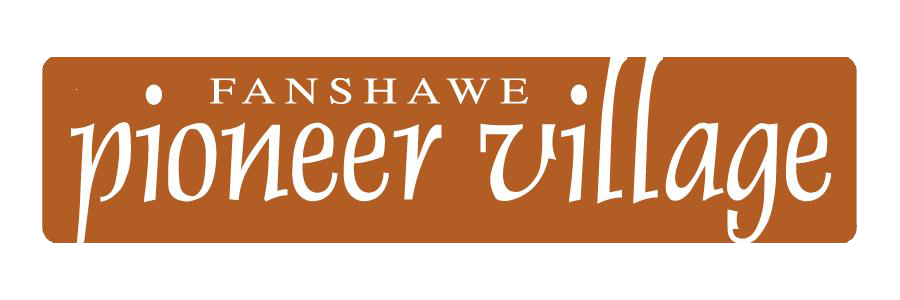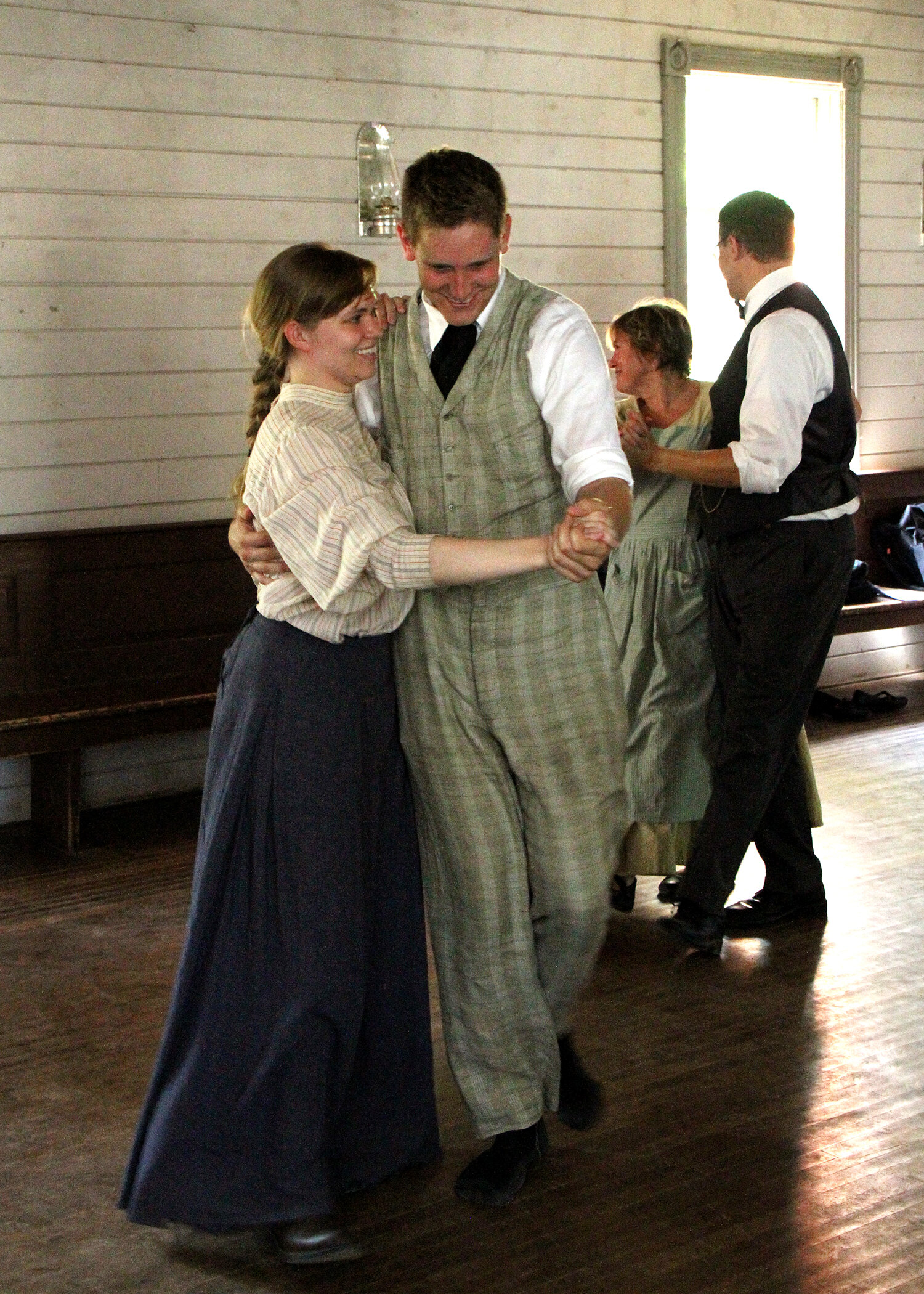Purple Hill Loyal Orange Lodge
Original Building
West Nissouri Township
Middlesex County
Circa 1880
The first meeting of the Purple Hill Loyal Orange Lodge No. 817 was held in 1857 at the home of Samuel Taylor in West Nissouri Township. This hall was built on Taylor’s farm in 1880. The maple dance floor, installed in 1926, contributed to the hall’s reputation as the best dance floor in the area. Purple Hill Lodge was the gathering place for meetings and community box socials, dinners, wedding receptions, and, of course, dances.
The Orange Order is a fraternal organization that was founded in 1795 in Ulster, Ireland by citizens who strongly supported Protestantism and British loyalty through social, economic and political ties. Its name commemorates the victory of the Protestant King William III of Orange over England’s Catholic King James II on July 12, 1690 at the Battle of the Boyne. When Irish Protestant immigrants came to Middlesex County they brought with them their lodge traditions.
The members of the Purple Hill Loyal Orange Lodge disbanded in 1942, at which time many former Orangemen joined other lodges in the Thorndale or London area.
Since the 1960s, membership in the Orange Order has declined. As the country changed so did the reception of certain attitudes and events. As of 2021 only 5 Lodges remain in Middlesex County.
In Canada, the Orange Order initially had a strong influence in politics, particularly through patronage at the municipal level.
While the Order provided significant mutual aid to their members, it also developed a reputation for sectarianism and secrecy. Membership requires one to be Protestant. Originally, members were Irish, but in the 1800s Lodges in Canada included Scottish, English, German, and Loyalist members.
Building restoration supported by The London Orange Hall, and the Community Infrastructure Improvement Fund, Federal Economic Development Agency for Southern Ontario.











